Since April 30, 1975, Ho Chi Minh City has undergone 50 years of spectacular transformation, from a city marked by war to a symbol of Vietnam's development.
Saigon people welcome the Liberation Army to occupy the puppet presidential palace, noon April 30, 1975. (Photo archive)
From the mark of revival after the war…
The great victory of Spring 1975 is a heroic page in the great history of building and defending the country of our people. We have completed the glorious historical mission of liberating the South, unifying the country, bringing our country into a new era - the era of independence, unity, territorial integrity, together building a socialist Vietnam - a rich people, a strong country, democracy, equality, and civilization.
The great victory of Spring 1975 was a brilliant feat, a great victory of the resistance war against the US, to save the country of our army and people under the correct leadership of the Party. That victory was a great turning point in the history of the nation, opening a new era for our country - the era of independence, national reunification, the whole country moving towards socialism.
Assessing the scale of victory of the resistance war against the US to save the country, the political report at the 4th National Congress of our Party affirmed: “Time and years will pass, but the victory of our people in the resistance war against the US to save the country will forever be recorded in our national history as one of the most brilliant pages, a shining symbol of the complete victory of revolutionary heroism and human intelligence, and will go down in world history as a great feat of the 20th century, an event of great international importance and profound contemporary significance.”
The joy of liberation of Saigon people on April 30, 1975. (Photo archive)
The great victory of the resistance war against the US to save the country 50 years ago by our people, led by the Party and beloved Uncle Ho, has left us today with great achievements and everlasting historical values: the truth that "Nothing is more precious than independence and freedom", national independence associated with socialism; building and implementing a correct, creative, independent, and autonomous policy; strengthening and promoting the strength of great national unity.
That is to wage a people's war, an all-people war, with a creative military art, rich in both revolutionary methods and methods of conduct. That is to combine national strength with the strength of the times, to gain the sympathy, support and assistance of international friends, to build a united front both domestically and internationally. That is to build a Party that is equal to its tasks and to let the Party's leadership be the decisive factor in all victories.
In Saigon – Gia Dinh, the nerve center and capital of the Republic of Vietnam government, the patriotic movement of all classes of people took place vigorously and strongly, especially the movement of students. (Photo: Southern Women's Museum)
During the resistance war against the French colonialists and the invading American imperialists, Saigon - Cho Lon - Gia Dinh was a key battlefield, the place at the forefront, "going first", opening the resistance war of the Southern people against the invading French colonialists with the Southern Resistance War event on September 23, 1945 and "coming later" in the historic Ho Chi Minh campaign on April 30, 1975.
During the 30 years of fighting against colonialism and imperialism from 1945 to 1975, the Saigon - Cho Lon - Gia Dinh Party Committee always deeply understood and wholeheartedly implemented the lesson of building, expanding and enhancing the people's hearts and minds, firmly building the people's hearts and minds base, always being closely attached to the people, promoting the invincible strength of the people, then the resistance will be victorious, the revolution will be successful; the lesson of constantly maintaining solidarity and unity within the Party Committee, focusing on building a strong Party in terms of politics, ideology, organization and morality.
People of Saigon - Cho Lon - Gia Dinh rally to celebrate the city officially being honored to be named after President Ho Chi Minh (Source: Documentary photo)
…to the economic development locomotive of the whole country
After the liberation of the South and the reunification of the country, on July 2, 1976, Saigon - Gia Dinh City was officially honored to be named after beloved President Ho Chi Minh. The Party Committee, Government and People of the City have gone through 50 years of dynamism, creativity, solidarity, loyalty, and determination to build, protect and develop the City, worthy of the honor of being the City named after Uncle Ho, the Heroic City.
The city has been sensitive, courageous, dynamic, creative, and closely following reality to apply the Party's guidelines, policies, and strategies; and from the vivid reality of the city after the years of liberation, we have made an important contribution with the Central Government to gradually shift the mechanism and policy of managing a centrally planned, subsidized economy to a mechanism of managing a multi-sector commodity production economy and a socialist-oriented market economy.
Ho Chi Minh City is the largest economic center in Vietnam. Its rapid development is also the premise for the city to become one of the most splendid cities in Southeast Asia. (Source: Vietnam Pictorial)
In 1982, 2002 and 2012, the Politburo issued resolutions identifying the position and importance of Ho Chi Minh City; in particular, in 2017, the National Assembly passed Resolution No. 54 on piloting specific mechanisms and policies for the development of Ho Chi Minh City. This is a national policy that is breakthrough, synchronous, timely, and suitable for the development situation of the City, helping the City to both better promote its traditional strengths in the development process and to best promote resources among the People, investors, international partners and overseas Vietnamese to develop the City faster and more sustainably for the whole country, with the whole country.
Thanks to those timely and correct policies, Ho Chi Minh City has developed rapidly and made breakthroughs. One of the most visible changes in Ho Chi Minh City is the transformation of technical infrastructure and urban infrastructure. In 1975, Ho Chi Minh City's transportation system still had the appearance of a colonial-era city: narrow roads, no overall planning, and lack of regional connectivity. Currently, the city has been implementing and putting into operation many large-scale projects such as metro line No. 1 (Ben Thanh - Suoi Tien), belt roads (belt lines 2, 3), overpass systems, underpasses and expansion of main traffic axes such as Vo Van Kiet, Pham Van Dong, Nguyen Van Linh...
Port and airport infrastructure is being invested in and developed synchronously. Cat Lai Port and Saigon Port Cluster play the leading role in the country's logistics hub. Tan Son Nhat Airport is expanding its capacity with Terminal T3, while Long Thanh Airport, when completed, will be the driving force for regional connectivity and reduce air traffic pressure for the entire region.
Work Urban Area - Raising the standard of living by author Thu Ba (Photo: Tuoi Tre Newspaper)
In addition, urbanization and people's living space are expanding and modernizing day by day. New urban areas such as Phu My Hung, Thu Thiem, Sala, Van Phuc, Vinhomes Grand Park... have been shaping a modern, synchronous and smart lifestyle. The city also focuses on developing green infrastructure: parks, regulating lakes, smart lighting systems, and wastewater treatment - contributing to improving the quality of urban life.
From a city that relied mainly on small trade and light industry, Ho Chi Minh City now has a service-industrial economic structure accounting for more than 97%, with key industries including finance-banking, logistics, information technology, high-tech manufacturing, real estate and tourism. Ho Chi Minh City has been playing an important role in the Vietnamese economy for decades.
Ho Chi Minh City's GDP in 2024 is estimated to reach over 75 billion USD, dozens of times higher than after 1975. Current per capita income is about 7,000 USD/year, nearly 35 times higher than the early unification period. Ho Chi Minh City contributes about 25-27% of the country's total budget revenue, maintaining its role as an "economic locomotive", creating important resources for national development investment. The city has attracted hundreds of billions of USD in FDI capital over the past 30 years, and is the destination of many multinational corporations such as Intel, Samsung, Aeon, Keppel Land, Lotte, Visa...
1,500 high-altitude fireworks, 30 low-altitude fireworks, and 10 pyrotechnic fireworks were launched at the Saigon River Tunnel. (Photo: Nguyen Khanh Vu Khoa)
Entering a new development phase, Ho Chi Minh City has set a long-term vision to 2045, with the aspiration to become one of the leading cities in Asia. Ho Chi Minh City is planning to become a modern financial and banking area, attracting international capital flows and elevating the Vietnamese financial market. With the advantage of converging national universities, high-tech zones and new financial zones, Thu Duc City is being built into the country's first creative urban area, a "testing ground for new growth models". The city also identifies the digital economy as a driving force for development in the coming period. Priority areas include: digital government, e-commerce, financial technology (fintech), artificial intelligence, digital transformation in healthcare - education - transportation. At the same time, Ho Chi Minh City plays a central role in the Southern key economic region, with a development strategy connecting 8 neighboring provinces and cities, forming a regional megacity and enhancing global competitiveness.
In addition, the leaders of Ho Chi Minh City also determined that the city is not only a place for economic development, but also carries great social responsibility and human values. The city always focuses on policies on social security, health care, education, social housing and improving the living environment. The program "clean - green - good living city" is a testament to the orientation of sustainable development, harmony between growth and quality of life. The spirit of humanity of Ho Chi Minh City is clearly demonstrated during natural disasters and epidemics, especially during the COVID-19 pandemic, when the city became a hot spot but also the starting point of thousands of community initiatives and Ho Chi Minh City is also a place of knowledge convergence, a place of innovative startups, a place giving opportunities to young people and technology experts to test new ideas, thereby contributing to creating a sustainable development future for the country.
The Ho Chi Minh City Balloon Festival is one of the new and unique activities with the model of "Festival within the festival", contributing to improving the quality of tourism products, aiming to promote the image of Ho Chi Minh City destination to domestic and international tourists at the end of the year. (Photo: VNA)
The future is calling
Since the historic milestone of April 30, 1975, Ho Chi Minh City has written an admirable development story. The telling figures on infrastructure, economy, quality of life and strategic vision show a city that is constantly innovating – not only for itself, but also for the common prosperity of the country.
50 years is a milestone, but also the starting point for greater journeys. With courage, inner strength and persistent aspiration, Ho Chi Minh City is taking great strides on the journey to become a “global city”, a place worth living, investing and dreaming of in the 21st century.
On the occasion of the 50th anniversary of the Liberation of the South and the Reunification of the country, we remember even more President Ho Chi Minh, who during his lifetime always had a burning desire to visit his compatriots and comrades in the South. In his 1969 Testament, Uncle Ho wrote: “Our people’s struggle against the Americans to save the country must go through more hardships and sacrifices, but we will definitely achieve complete victory. That is certain. I intend that day, I will travel across the North and South to visit our compatriots, cadres and heroic soldiers, to visit our beloved elderly, youth and children. Next, on behalf of the people, I will visit and thank the fraternal countries in the Socialist camp and friendly countries in the five continents who have wholeheartedly supported and helped our people’s struggle against the Americans to save the country.”
Ho Chi Minh City People's Committee Headquarters, 86 Le Thanh Ton, District 1. This is one of the classic architectural works, symbolic and associated with many generations of Saigon citizens. The work was built from 1898 - 1909 by architect Femand Gardès. (Source: Vietnam Pictorial)
On the occasion of the 50th anniversary of the Liberation of the South and National Reunification, the Party Committee, Government and People of Ho Chi Minh City promise to Uncle Ho that we will continue to follow the example of Uncle Ho and the heroic martyrs, be united, creative, courageous, and overcome the difficulties and challenges in the current period. Be steadfast in the goals and ideals of the Party, for the happiness of the people, for independence, freedom and territorial integrity; continue to successfully carry out the cause of comprehensive national renovation, together with the whole country, for the whole country, to build Ho Chi Minh City worthy of being a heroic city, a city named after beloved Uncle Ho, a city with a good quality of life, civilized, modern, and affectionate.
Source: https://htv.com.vn/nhung-thay-doi-an-tuong-cua-tphcm-sau-50-nam-thong-nhat


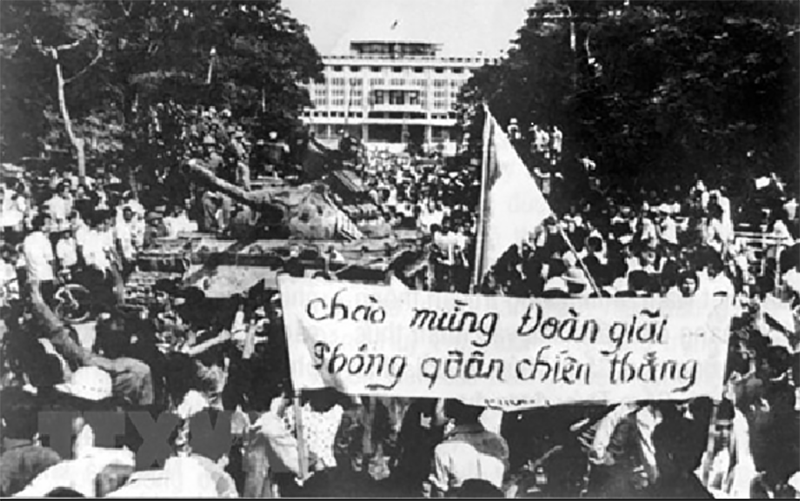

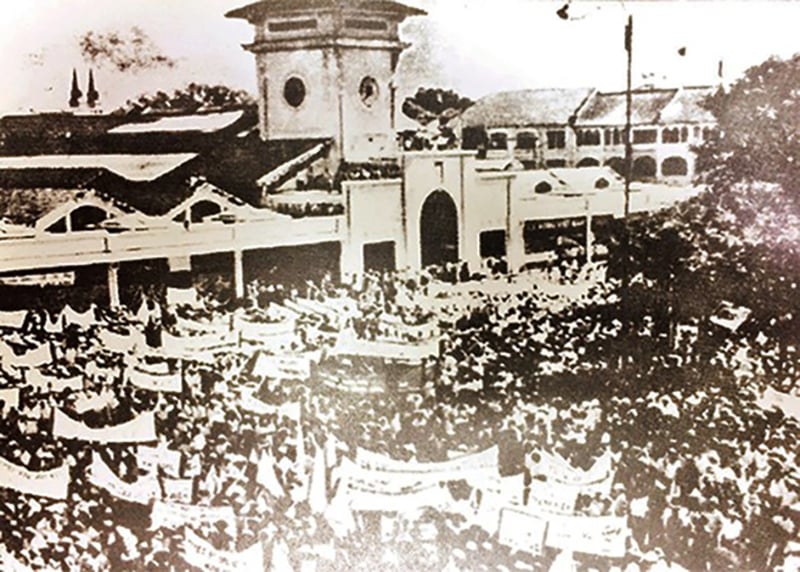
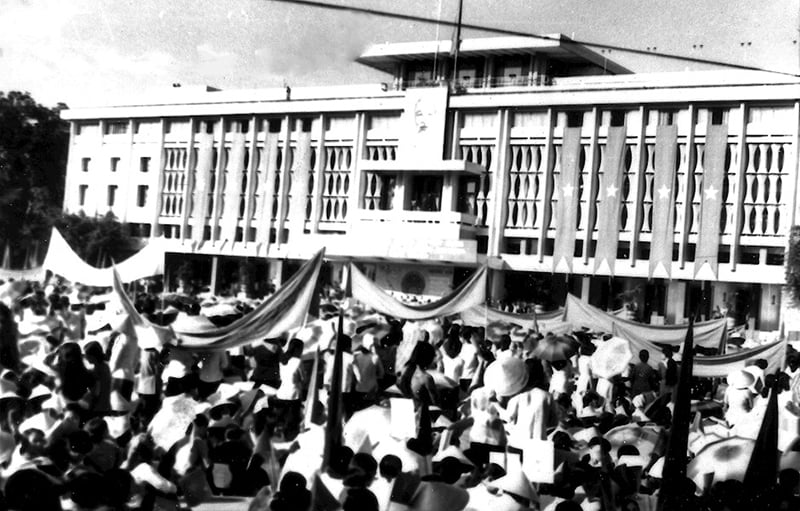
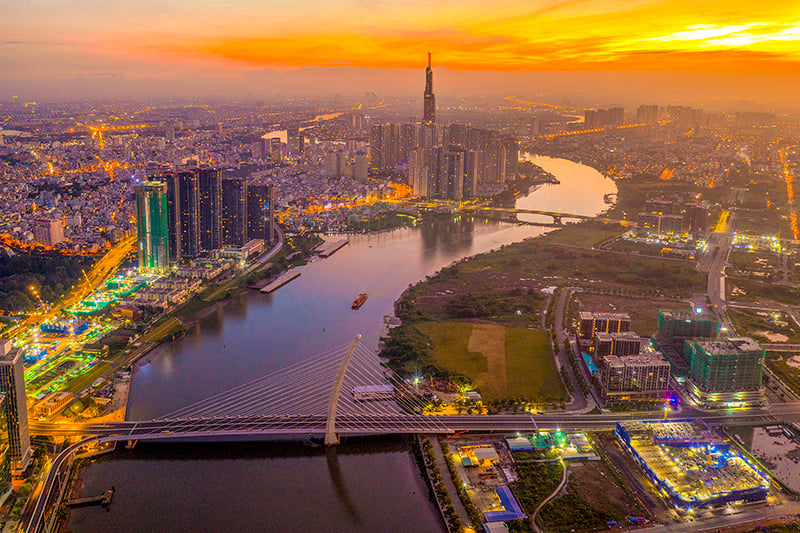

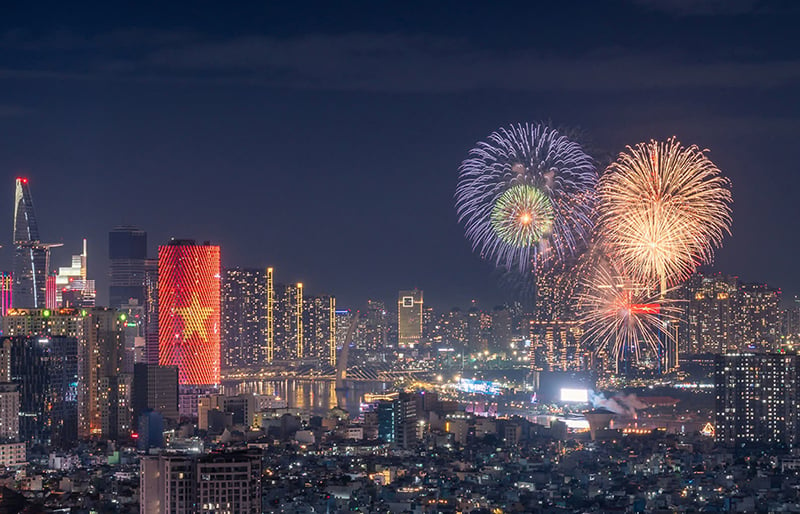
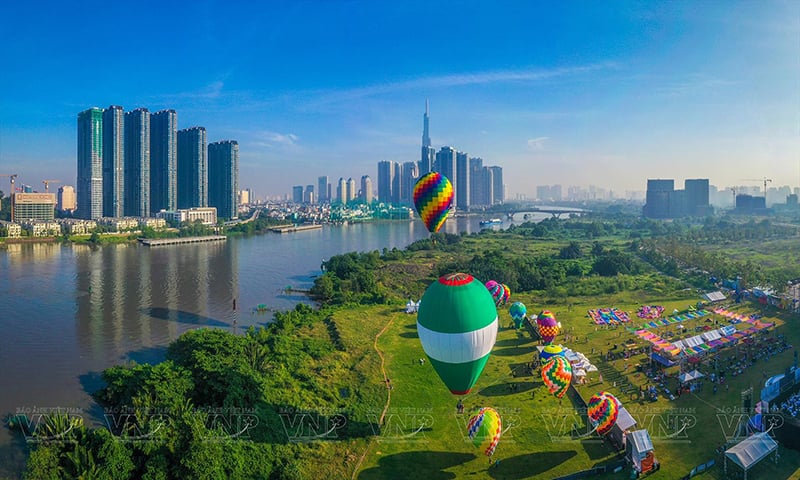
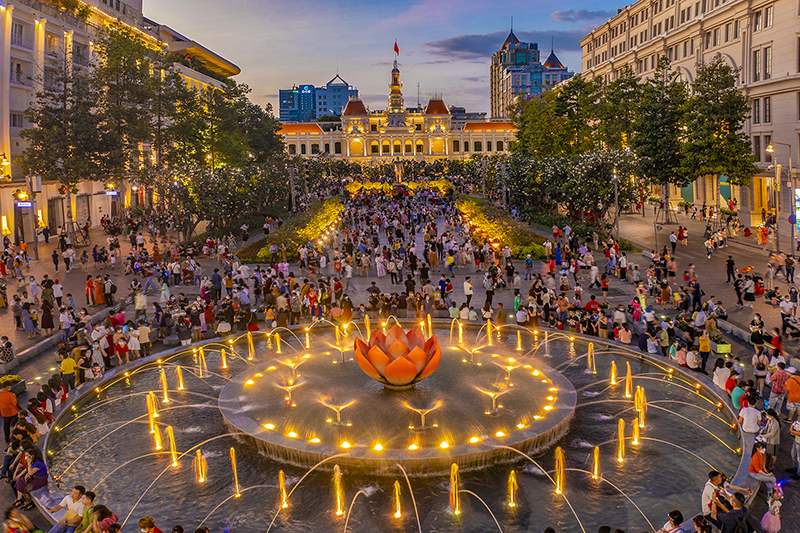



![[Photo] Vietnam and Sri Lanka sign cooperation agreements in many important fields](https://vphoto.vietnam.vn/thumb/1200x675/vietnam/resource/IMAGE/2025/5/5/9d5c9d2cb45e413c91a4b4067947b8c8)

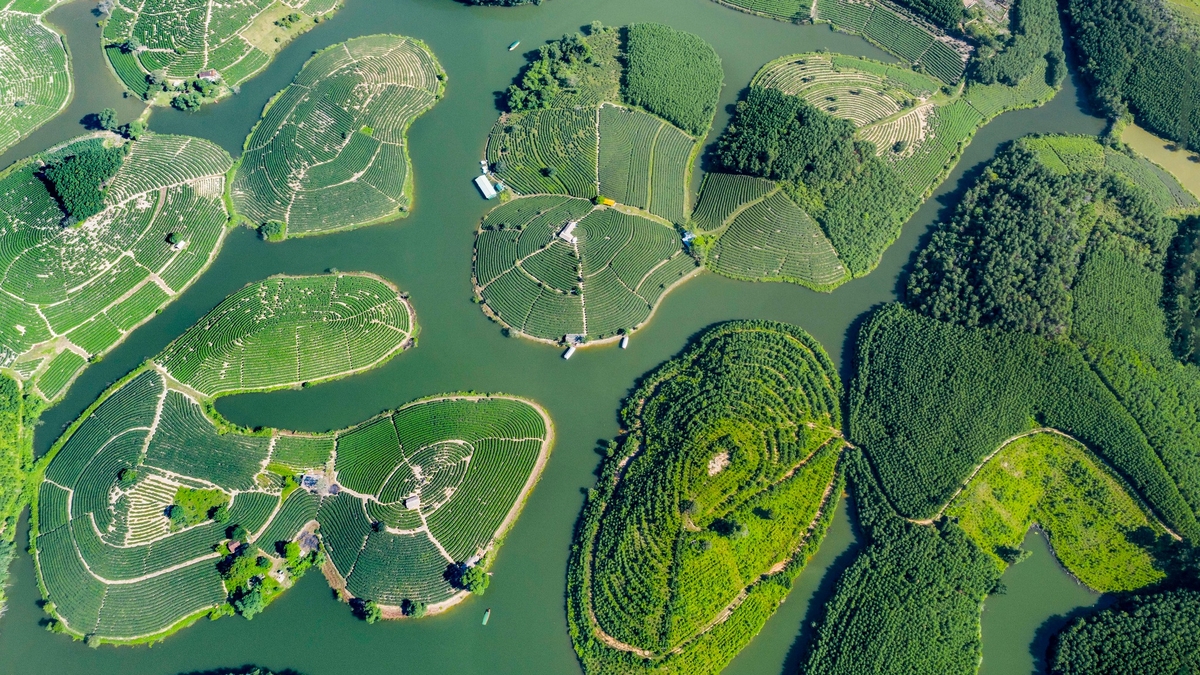
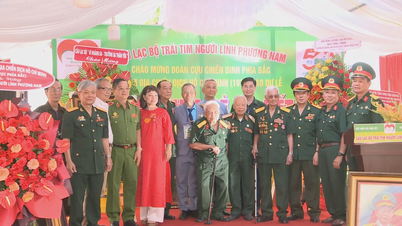
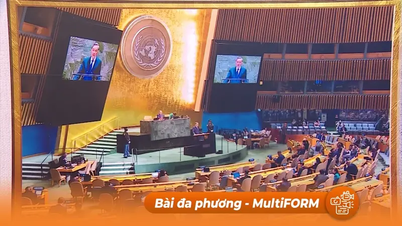
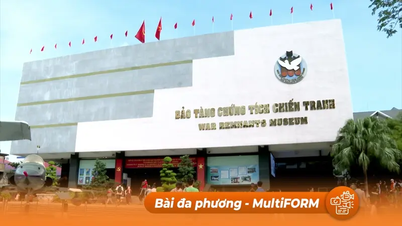
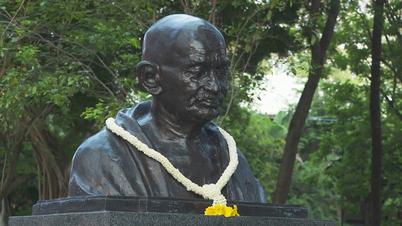
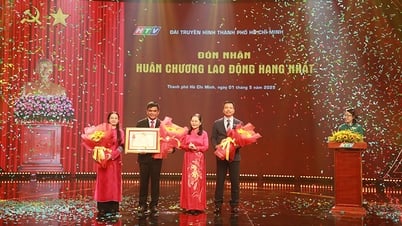
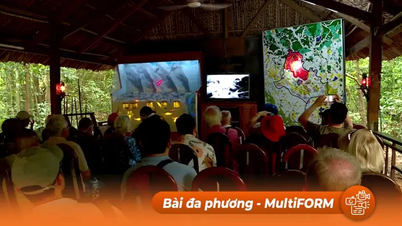

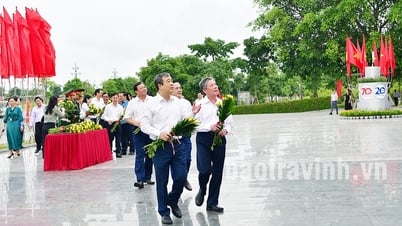





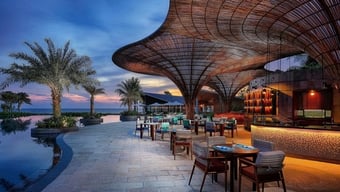




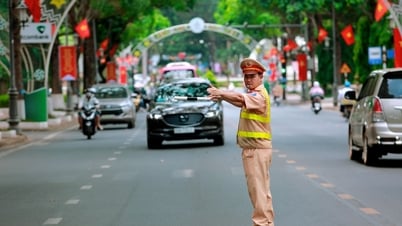

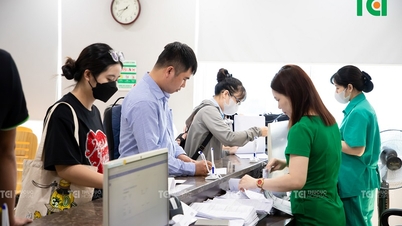

![[Photo] President Luong Cuong and Sri Lankan President Anura Kumara Dissanayaka visit President Ho Chi Minh relic site](https://vphoto.vietnam.vn/thumb/1200x675/vietnam/resource/IMAGE/2025/5/5/0ff75a6ffec545cf8f9538e2c1f7f87a)
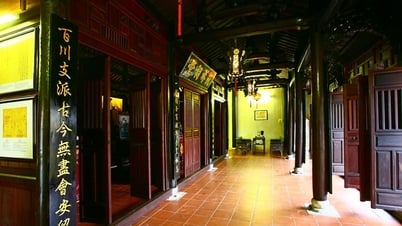

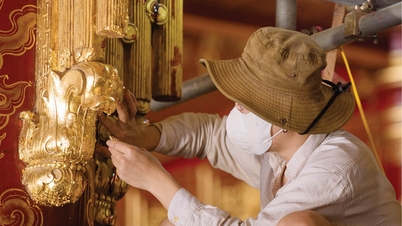





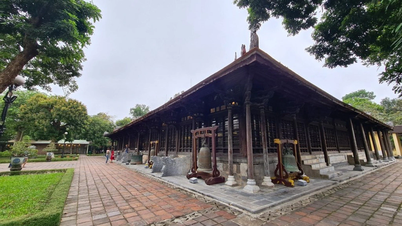



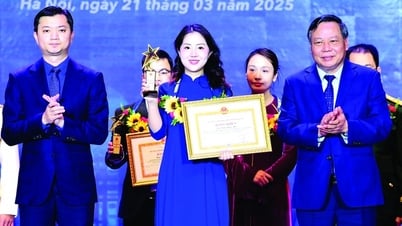

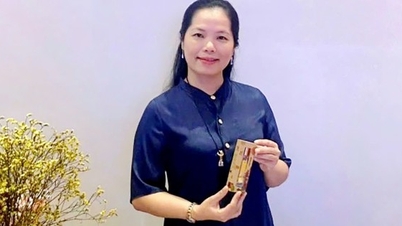


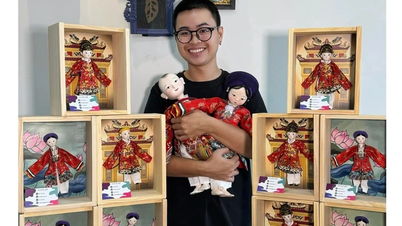




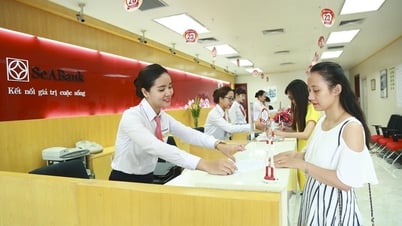



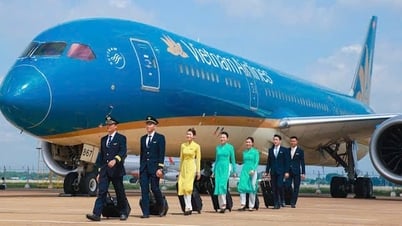

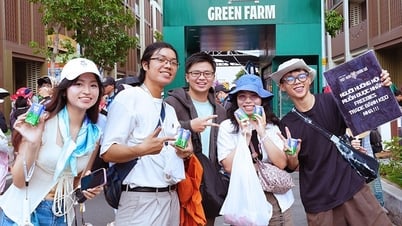

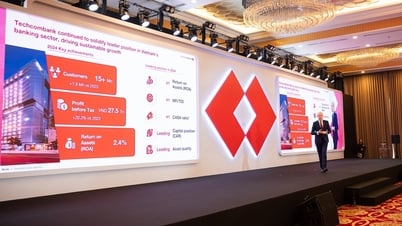
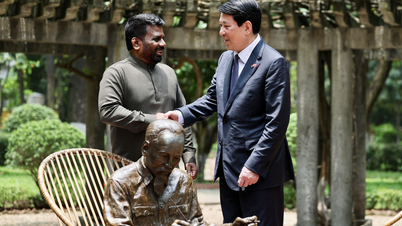
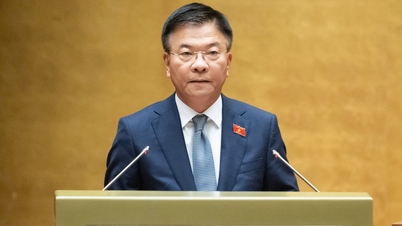
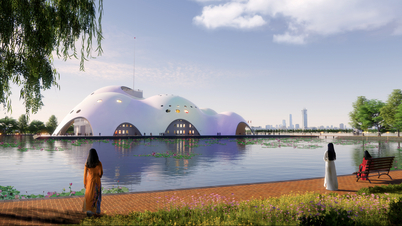


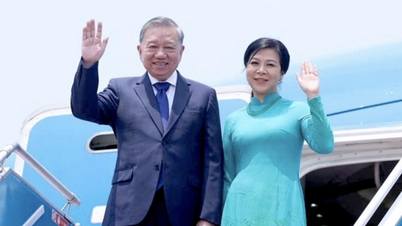
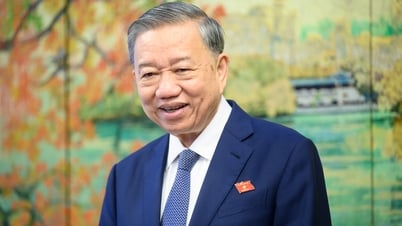



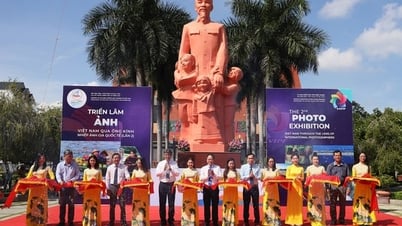




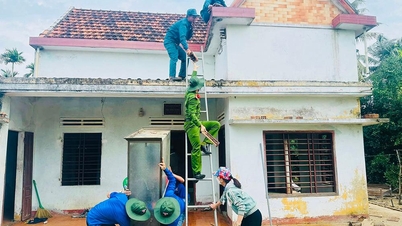



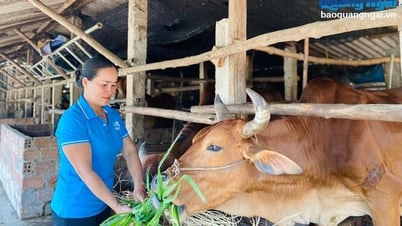
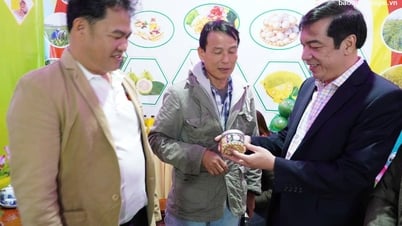



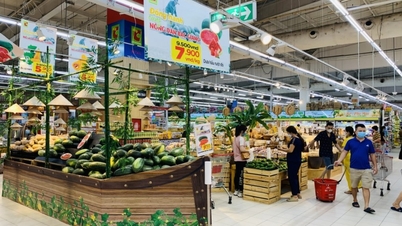

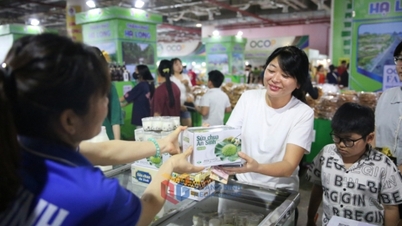

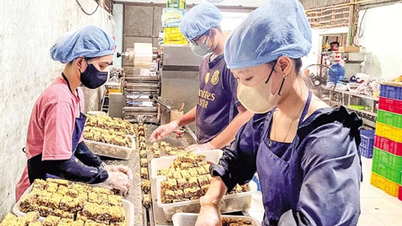




Comment (0)